From the April issue of Apollo: preview and subscribe here
The grotesque is a slippery category, which may have originated in Renaissance notions of Roman painting but soon came to denote hybrid forms and artistic licence. Does it best describe a playful aesthetic or something that feels far more threatening?
It is little wonder that Nero’s Domus Aurea was so rapidly effaced by his imperial successors. To have fiddled, even reputedly, throughout the fire that destroyed most of his capital in 64 AD was bad enough; but to have built a pleasure palace of unparalleled size and splendour on the ground cleared by it was adding insult to injury. Still incomplete when he lost his grip on power four years later, the palace’s dismantling began as soon as Rome regained political stability under the Flavian dynasty. Although the historical record remains shadowy, it seems that Vespasian (final victor of the post-Neronian turmoil) was intent on doing all he could to distance himself from Nero’s legacy. Along with opening the complex’s baths to the public, and displaying its sculptures and paintings in the Forum Pacis, he built the Flavian Amphitheatre in the middle of the site, inviting the masses into the heart of the old palace. And, whether by coincidence or design, the erasure continued in successive emperors’ reigns: after Vespasian, Titus built public baths over another portion of the palace; a little later, Trajan built still more baths; and after him, Hadrian built the city’s largest temple over what remained. Within 40 years, only the self-aggrandising colossus that Nero had commissioned of himself for the palace’s vestibule remained visible above ground, the imperial head altered to show the face of Apollo, watching over the city.
Underground was another matter. Among the foundations of other emperors’ monuments, the remnants of the palace remained preserved from the predations of time and weather, awaiting rediscovery. When, in the 1480s, excavations pierced through a ceiling and into the complex, the astonished diggers descended into the most perfectly preserved set of Roman interiors that had ever been seen. Unbleached by sun or rain, the frescoes that covered every surface bore witness to the art of the Roman world in a way that revolutionised conceptions of it during the Renaissance.
Wandering through the Domus Aurea, it might have seemed that a benign horror vacui ruled over the decorative strategies of the ancients. Between panels of historical and mythological scenes, every inch of the palace’s ceilings and walls teemed with designs of elaborate, continuously unfurling fantasy. As Vasari puts it, the walls were everywhere populated with ‘licentious and ridiculous’ oddities formed according to no rule but the fantasy of the artist: ‘every absurdity of monster…a heavy weight attached to the finest thread…a horse with legs of leaves, a man with crane’s legs’, cavorting among bumblebees, birds, leaves and branches. Discovered as they were in the buried rooms – the grotte, or caves – of Nero’s palace, these paintings were termed grottesche: grotesques.
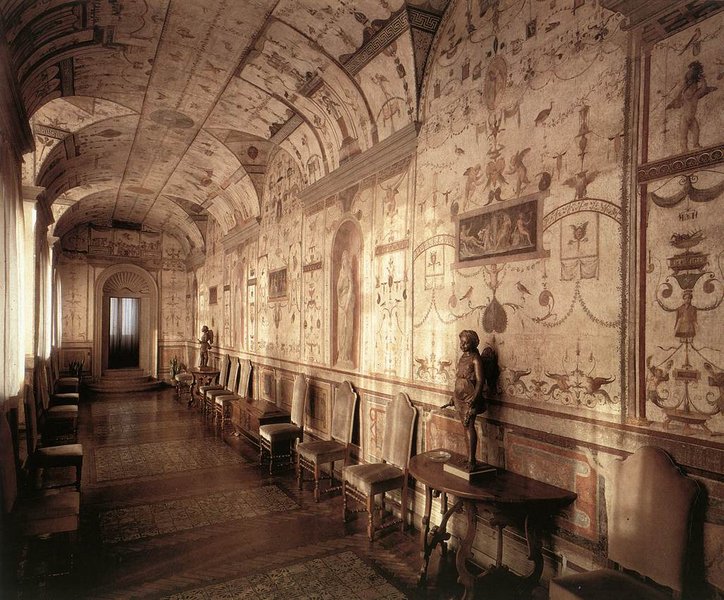
The ‘Loggetta’ of Cardinal Bibbiena in the Papal Palace of the Vatican City, which includes fresco decoration by Giovanni da Udine under Raphael’s direction (c. 1516–17)
Their impact on Italian art was immediate and immense. Among the artists who descended into the buried palace were Raphael and his pupil Giovanni da Udine. Stupefied, Vasari states, ‘by the freshness, beauty and goodness’ of ‘such various and bizarre caprices’, they set about transplanting the ancient grotesques from their subterranean murk to the sunlit world above. In the rooms and loggias commissioned for the Vatican Palace during the papacies of Julius II and Leo X, Raphael and his workshop employed their own fantasy and caprice to recreate and outdo the work of the ancients. Away from the more famous reception rooms with their historical scenes and grandly decorated loggia, are the private loggetta and stufetta (bathroom) of Cardinal Bibbiena, decorated in full grotesque style. In the stufetta, Raphael produced his own fantasia on the ancient manner, a room in which Nero would have felt quite at home: around the eight small mythological paintings, the walls are populated by a series of fantastical decorations that include, among other things, putti being drawn along by snails. In the loggetta, decorated by Giovanni da Udine, symmetry is the only rule guiding the proliferation of conjoined flora, fauna, cherubs and birds: smiling faces dangle bodiless on bow-knotted strings; winged torsos taper to points, balancing on platforms of double bird heads; tiny leopards strut across tenuous wires while songbirds the same size as them fly just below.
Though quite literally a marginal form, these early grotesques nevertheless mark a decisive point in the early modern relationship with the classical world. The ancient grotesques, in all their imaginative freedom, served as a vivid reminder that, as Vitruvius had tutted in his De Architectura (c. 15 BC), ancient artists were frequently as much interested in ‘things that neither can be, nor are, nor have been’ as in the historical, actual or possible. Here was a branch of ancient aesthetics with no governing logic except a need to fill space, indulging in a radical promiscuity that brought with it the freedom to distort and recombine, shrink, magnify and hybridise ad infinitum.
Even at their most graceful, there is something orgiastic about the recombinant formal freedom of ancient grotesques. As Vasari’s use of the term capricci suggests, something goatish seems to lie just beneath the surface. And though the revalorisation of ancient Rome during the Renaissance was always tempered by a wariness of those pagan mores that didn’t fit with a Christian worldview, grotesques reminded early modern Europe that Rome was as much represented by the exuberance and eroticism of Apuleius, Ovid and Catullus as by the worthier tones of Virgil or Statius.
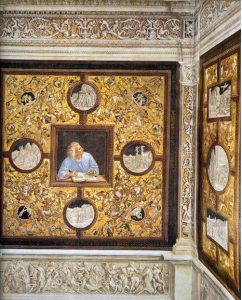
The Poet Statius, detail from The Last Judgement fresco cycle in the chapel of San Brixio (1499–1504), Luca Signorelli. Image: Wikimedia Commons
In Luca Signorelli’s work at Orvieto Cathedral, one panel in his series of illustrious men (1499–1504) could almost have been designed to illustrate the tension. Around each portrait, decorative margins bustle with dancing hybrid creatures, tugging each other in unending rounds. Staring up towards them from his frame, Statius’s expression – somewhere between apprehension, disapproval and disgust – appears as much directed at the gleeful satyrs and harpies around him as the scenes of judgement in the frescoes above. In the case of Raphael and Giovanni da Udine, at least one very blunt visual joke bears testament to their understanding that the classical world could be at least as frank and strange as it was noble and moral. Their Loggia of Cupid and Psyche in the Villa Farnesina, Rome, is bordered everywhere with a reminder that this most morally acceptable of the ancient myths (interpreted as allegorising the union of the soul with God) was actually best known from the version of it contained in Apuleius’s outrageous Golden Ass – a comic romp in which bestiality is both a running gag and a vital plot point. While Raphael’s frescoes of the myth itself remain within the bounds of neoclassical dignity, Giovanni’s harvest border of leaves, fruits and vegetables leans heavily on zucchini and gourds, surrounded by peaches and splitting figs. In one section, the allusion is made unmissable by a gourd pushing its way into the pink flesh of a ripe fig. It is both a schoolboy joke and an astute statement about the marginalisation of the hybrid, the sexual and the fantastical, from interpretations of classical culture that bowdlerised it in the search for the confirmation of Christian values.
It is true, though, that these decorative grotesques, for all their formal promiscuity, remain a far cry from the conventional understanding that modern viewers would have of ‘the grotesque’ as a genre. A customary definition would, for most, fall somewhere between the territories of the ugly and the wrong, calling to mind images like Quinten Massys’ An Old Woman (‘The Ugly Duchess’) (c. 1513). But this too is marked out by hybridity and the bringing together of things that shouldn’t be found in one form. Massys’ subject is not simply ugly. Her ugliness results in an androgyny tilted very much towards mannishness; she is, like T.S. Eliot’s Tiresias, an ‘old man with wrinkled dugs’. More than that, she presents herself as a young woman on show. Like a maiden waiting on a serenade, she is in her window, her hand on the sill; and she is dressed in clothes designed to display a youthful body to youthful suitors. The rose bud held daintily between her thumb and forefinger should not, as a symbol of ripe maidenhood, belong anywhere near her.
Perhaps worst of all is her unawareness of all the incongruities. She proffers her bud, with a distant smile that dreams on lovers yet to come. Her grotesqueness, in sum, is not a question of ugliness so much as of the wrongly combined: young/old, ugly/beautiful, spinster/maiden; pairings that incarnate the social-critical contrary of the graceful hybrid fantasies of the decorative grottesche. Where the latter produces imaginative beauty from combinations that cannot exist in reality, the former uses ugliness to critique combinations that can but should not exist in reality.
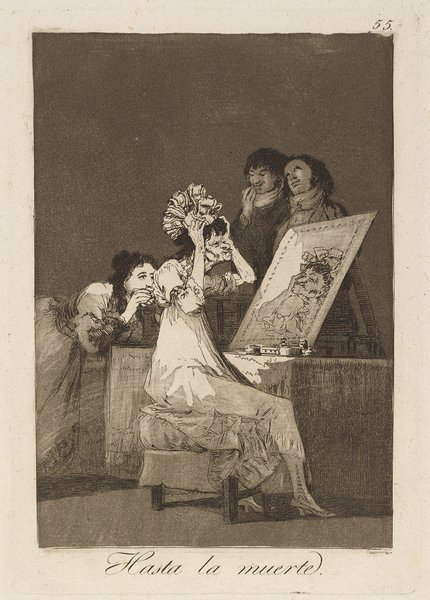
Hasta la muerta (Until death) (1796–97), from ‘Los Caprichos (1799), Francisco de Goya. Davison Art Center, Wesleyan University, Connecticut
No artist is more sensitive to this thread of the grotesque than Goya. The original advertisement for the Caprichos prints (from the Diario di Madrid for 6 February 1799) reads almost as a methodological guide to it, advocating the artist’s freedom to choose ‘from the world what [he] considers most appropriate to [his] ends’, and to combine ‘in a single, fantastic figure circumstances and characteristics which, in Nature, appear spread over many’. What is at stake overtly is artistic licence, but, in truth, the advertisement is a sort of prophylaxis against accusations of licentiousness and, of course, ridiculousness.
The Caprichos – that goatish word again – are awash with hybridity, animal-human substitution and formal instability. Sometimes, as in Massys’ portrait, it is a hybridity of combined contraries. The old acting like the young is a perennial concern for Goya: in plate 55, Hasta la muerta (Until death), a shrivelled old woman in fashionable dress adjusts a new bonnet, preening in front of the mirror. Behind her, a young woman covers her mouth to hide a snigger, or whispers a disparaging comment to the young man busy covering his own smirk. Goya’s subject, like that of Massys, seems to be hopeful that some passing gallant will take a fancy to her, but her hope is skewered by the artist’s withering assessment of her accoutrements of youth. Two plates on, the grotesqueness of relations between the young and old appears again. In La filiación (The filiation), an old man lies with his head in the lap of a young woman. Though the title (with the contemporary commentaries) suggests she is conning him into making her one of his heirs, there are strong sexual overtones: he has been lulled into a doze as she gently strokes what appears to be a pair of cuckold’s horns. Above him, her greed and cunning have turned her face into that of a fox; behind them both a monocled listener stands, his drooping nose exaggerated to the point of looking like a vulture’s beak. The verdict on relations between young and old is obvious.

La filiación (The filiation) (1796–97), from ‘Los Caprichos (1799), Francisco de Goya. Davison Art Center, Wesleyan University, Connecticut
With their cast of humans acting like animals, animals acting and looking like humans, and all manner of stages between the two, the Caprichos transform the social grotesqueries of greed, hypocrisy and vanity directly into formal and visual grotesque. What is, but shouldn’t be, ends up illustrated by the Vitruvian ‘things that neither can be, nor are, nor have been’.
Of course, Goya is also known for his visions of precisely that which had been, and which he had seen with his own eyes: the Peninsular War. Documenting the horrors he witnessed, The Disasters of War prints (1810–20) are home to another form of grotesque altogether, one that rears its head not in the casual energy with which people go about committing terrible violence, but in the results of that violence: ‘still deaths’ arranged according to the vicious caprices of the slaughterers, in tableaux that carry the hybridising tendencies of the grotesque over into real-world actions. In Esto es peor (This is worse), the victim is impaled naked on the stump of a tree in a manner that calls to mind several forms at once: the tree and the man metamorphose into one another. It, like him, is dismembered, its truncated limb echoing his lopped arm; his trunk, meanwhile, turns into its trunk. But taken altogether, the silhouette resembles nothing so much as a child on its hobbyhorse, or a soldier on his mount. Though documentary, the print captures the scene in a way that exemplifies the grotesque in its fullest sense: not just ugly, but wrong; not just wrong, but threatening in its destabilisation and recombination of forms.
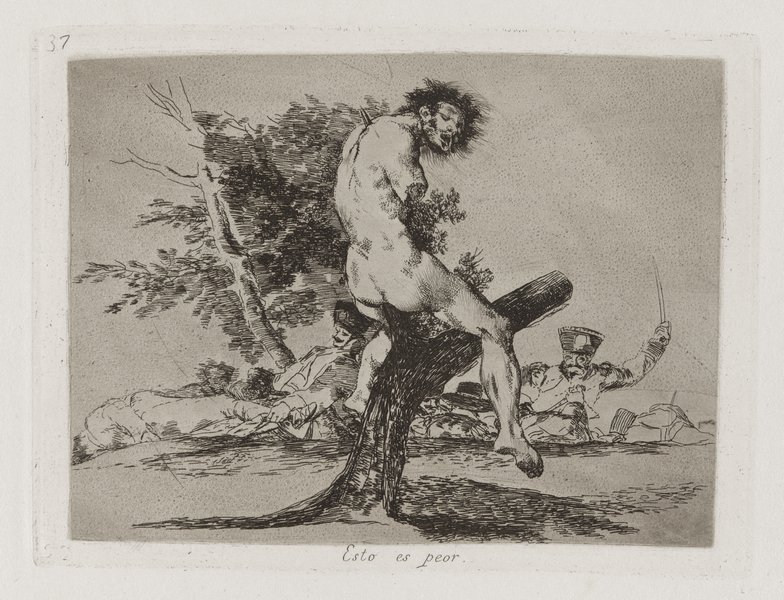
Esto es peor (This is worse), from ‘The Disasters of War (1810–20), Francisco de Goya. Yale University Art Gallery, New Haven
Jake and Dinos Chapman could only be called Goya’s inheritors in the way that the Goths were the inheritors of the Roman empire, but their sense of the grotesque in his work is acute. Their own experiments with the grotesque – from mannequins of conjoined children with genitalia for noses, ears and mouths, to the micropanoramic Nazi model inferno of Hell (1999–2000) – have circled time and again around their Goya obsession. Their Insult to Injury (2003) and Injury to Insult to Injury (2004) – two portfolios of 80 Goya prints from the original Disasters of War plates, ‘rectified’ by the Chapmans’ additions – concentrate on heightening their grotesqueries through the superposition of cartoon faces on the victims and perpetrators. Staring out at the viewer through the bulbous and glassy eyes of his spider head, the hanging victim of the original plate 36 seems to sum up the genre perfectly: grinning obscenely, superimposed on a body with its trousers round its ankles, it is ridiculous and licentious; a hybrid of things that don’t belong and shouldn’t be; at once funny and free; threatening and voided of threat. Grotesque.
Click here to buy the latest issue of Apollo
Related Articles
Gleeful, savage and subversive: don’t miss Goya’s drawings at the Courtauld (Emma Crichton-Miller)
Unlimited access from just $16 every 3 months
Subscribe to get unlimited and exclusive access to the top art stories, interviews and exhibition reviews.

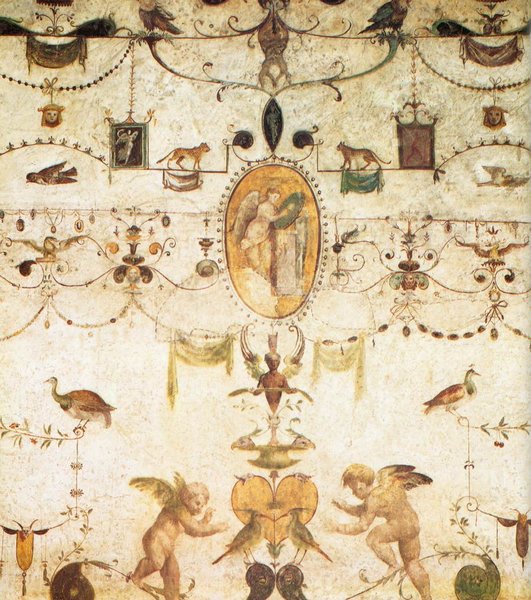
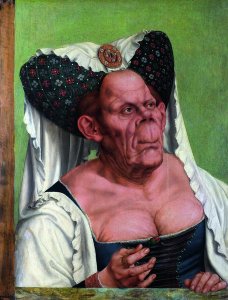
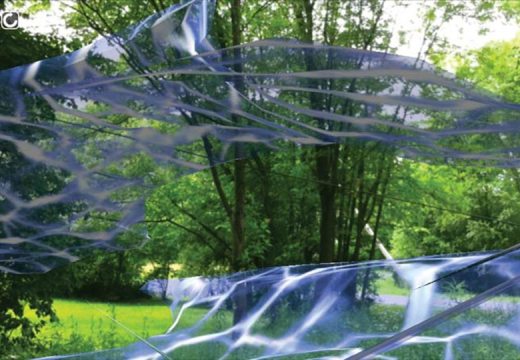
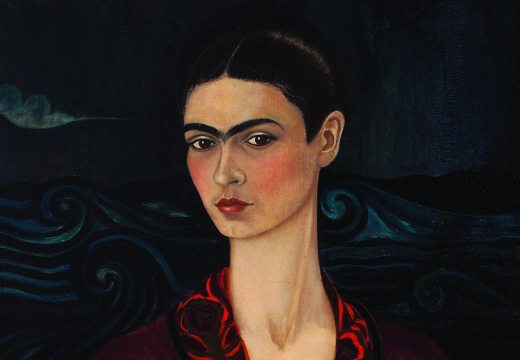
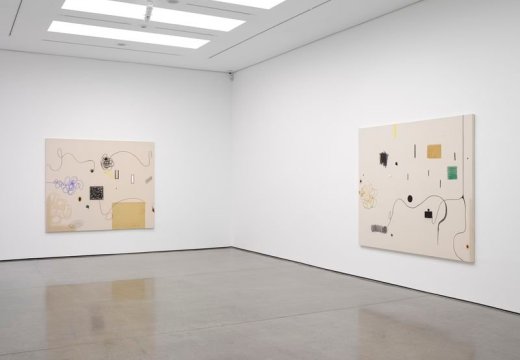









![Masterpiece [Re]discovery 2022. Photo: Ben Fisher Photography, courtesy of Masterpiece London](http://www.apollo-magazine.com/wp-content/uploads/2022/07/MPL2022_4263.jpg)
Why are fathers so absent from art history?